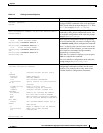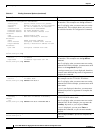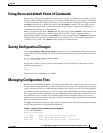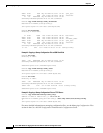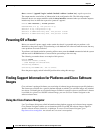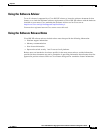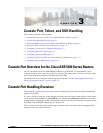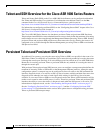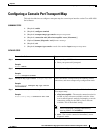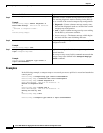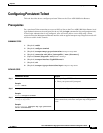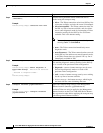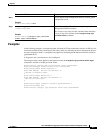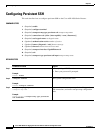
CHAPTER
3-1
Cisco ASR 1000 Series Aggregation Services Routers Software Configuration Guide
OL-16506-17
3
Console Port, Telnet, and SSH Handling
This chapter covers the following topics:
• Console Port Overview for the Cisco ASR 1000 Series Routers, page 3-1
• Console Port Handling Overview, page 3-1
• Telnet and SSH Overview for the Cisco ASR 1000 Series Routers, page 3-2
• Persistent Telnet and Persistent SSH Overview, page 3-2
• Configuring a Console Port Transport Map, page 3-3
• Configuring Persistent Telnet, page 3-5
• Configuring Persistent SSH, page 3-8
• Viewing Console Port, SSH, and Telnet Handling Configurations, page 3-11
• Important Notes and Restrictions, page 3-16
Console Port Overview for the Cisco ASR 1000 Series Routers
The console port on the Cisco ASR 1000 Series Router is an EIA/TIA-232 asynchronous, serial
connection with no flow control and an RJ-45 connector. The console port is used to access the router
and is located on the front panel of the Route Processor (RP).
For information on accessing the router using the console port, see the “Accessing the CLI Using a
Directly-Connected Console” section on page 2-2.
Console Port Handling Overview
Users using the console port to access the router are automatically directed to the IOS command-line
interface, by default.
If a user is trying to access the router through the console port and sends a break signal (a break signal
can be sent by entering Ctrl-C or Ctrl-Shift-6, or by entering the send break command at the Telnet
prompt) before connecting to the IOS command-line interface, the user is directed into a diagnostic mode
by default if the nonRPIOS subpackages can be accessed.
These settings can be changed by configuring a transport map for the console port and applying that
transport map to the console interface.



